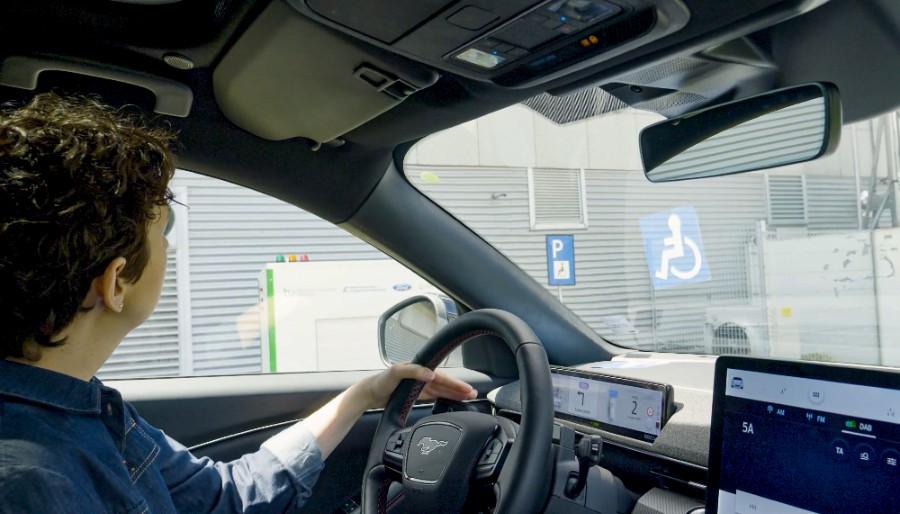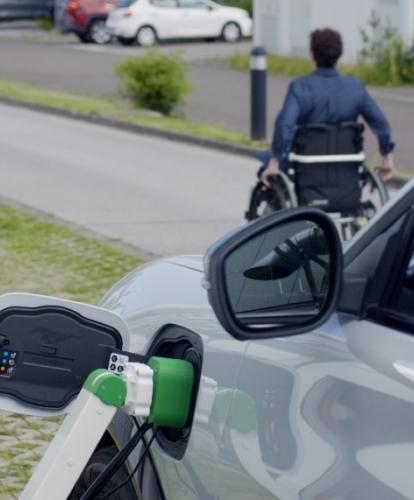For many, charging an electric vehicle (EV) can be a simple task. However, for disabled drivers, people with reduced mobility and older people it can be a significant challenge.
This is the reason behind automotive manufacturer Ford’s development of a prototype robot charging station, which drivers operate using a smartphone from inside their EV.
The technology could enable disabled drivers to stay in the car while charging, or leave the car while the robot looks after the charging.
With disabled drivers already having identified ease of charging as a key purchase consideration for electric cars, a number of measures are under consideration to improve the situation.
Motability Operations members, for instance, are currently undertaking a trial of the Zapmap app and the EV charging infrastructure it maps in order to help improve the physical experience of public charging, as well disabled users’ experience using the app itself.
It is also why Ford is testing its robot charging station, with the aim of developing a hands-free charging solutions for electric vehicles and fully automatic charging for autonomous vehicles.
“I stopped filling up my car myself years ago, because it became very strenuous. My husband does it for me,” said Angela Aben, Employee Communications, Ford of Europe, who uses a power-assisted wheelchair to gain more mobility and independence.
“The introduction of a robot charging station would offer me a much greater level of independence.”
Following initial lab testing, Ford researchers are now putting the robot charging station to the test in real-life situations. Once activated, the station cover slides open and the charging arm extends towards the inlet with the help of a tiny camera. After charging, the arm retracts back into place.
In future, the robot charging station, custom-made by Dortmund University, in Germany, could be installed at disabled parking spaces, in car parks or at private homes.
Further applications could include fast and efficient charging of company fleets. The technology could also support more powerful charging to charge electric vehicles in a much shorter time.
Looking ahead, the process could become fully automated, with minimal or no driver involvement. The driver would simply send the vehicle to the charging station, with the infrastructure ensuring it reaches and returns from its destination autonomously.

The robot charger could be installed at car parks or private homes.
“Ford is committed to ensuring freedom of movement and right now refuelling or charging your vehicle can be a major problem for some drivers,” said Birger Fricke, research engineer at the Research and Innovation Center, Ford of Europe.
“The robot charging station could be an added convenience for some people but – absolutely essential for others.”
A follow-up project with the charging network provider IONITY will look to further improve the robot charging station.



